In my never ending quest to promote the fabless semiconductor ecosystem I cannot pass up a discouraging word about one of the oldest financial services companies. You can consult with me for $300 per hour to answer your questions about the semiconductor industry on the phone or you can buy me lunch and get it in person (lunch will probably… Read More
 Tessent MemoryBIST Expands to Include NVRAMThe concept of built-in self-test for electronics has…Read More
Tessent MemoryBIST Expands to Include NVRAMThe concept of built-in self-test for electronics has…Read More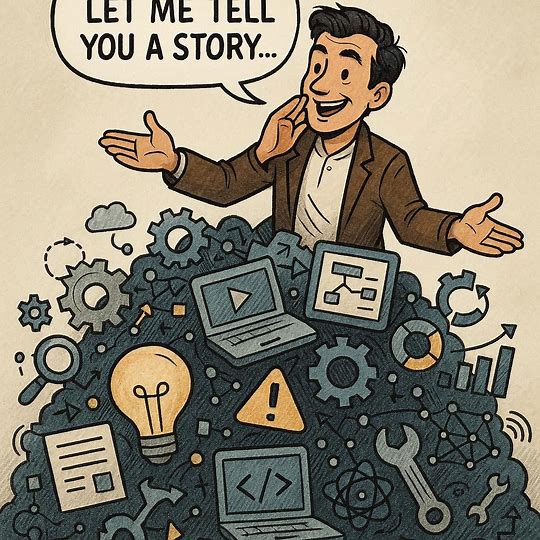 The Importance of Productizing AI. Everyday ExamplesKeeping up with the furious pace of AI…Read More
The Importance of Productizing AI. Everyday ExamplesKeeping up with the furious pace of AI…Read More Rapidus, IBM, and the Billion-Dollar Silicon Sovereignty BetCan cash and IBM collaboration put Japan into…Read More
Rapidus, IBM, and the Billion-Dollar Silicon Sovereignty BetCan cash and IBM collaboration put Japan into…Read More Exploring Cycuity’s Radix-ST: Revolutionizing Semiconductor SecurityCycuity’s Radix-ST represents a groundbreaking advancement in semiconductor…Read More
Exploring Cycuity’s Radix-ST: Revolutionizing Semiconductor SecurityCycuity’s Radix-ST represents a groundbreaking advancement in semiconductor…Read More Smart Verification for Complex UCIe Multi-Die ArchitecturesBy Ujjwal Negi - Siemens EDA Multi-die architectures…Read More
Smart Verification for Complex UCIe Multi-Die ArchitecturesBy Ujjwal Negi - Siemens EDA Multi-die architectures…Read MoreMobile SoCs: Two Cores are Better Than Four?
I came across an interesting white-paper from ST Ericsson on two topics: multi-processors in mobile platforms and FD-SOI. FD-SOI is the ST Microelectronics alternative to FinFETs for 20nm and below. It stands for Fully-Depeleted Silicon-on-Insulator. But I’m going to save that part of the white-paper for another blog… Read More
What did CES 2013 mean for #SemiEDA?
CES is the preeminent gadget show, and in the LVCC South Hall a wave has been building for some time. It’s now the place where chipsets are introduced, and this year saw a wide range of introductions from Atmel, Bosch, Broadcom, Intel (OK, they’re still in Central Hall), InvenSense, Marvell, NVIDIA, Qualcomm, Samsung, ST-Ericsson,… Read More
Yawn… New EDA Leader Results Are Coming
We will soon start to see the quarterly financial reporting installments of the “Big 3” public EDA companies. I predict they will be as boring as usual. I am not sure if I would want it any differently though.
Back in the 90s there were times when it was truly interesting to wait to see what Cadence, Mentor, or later Synopsys, might announce.… Read More
Oasys Has a New CEO
Scott Seaton is the new CEO of Oasys Design Systems. Paul van Besouw, the CEO since the company’s founding, becomes the CTO. I met Scott last year when I was doing some consulting work for Carbon Design where he was VP of sales (the new VP sales at Carbon is Hal Conklin, by the way).
I talked to Scott about why he had joined Oasys. … Read More
Buying DDRn Controller IP AND Memory Model to the same IP vendor gives real TTM advantage
We all know the concept of “one stop shop”, becoming popular in the Design IP market. The topic we will address today is NOT the “one stop shop”, even if it looks similar, but rather that we could call “consistent design flow”.
What does that means? Simply that, if your SoC design is integrating a DDRn (LPDDR2, DDR3 or even DDR4, let’s… Read More
Fixing Double-patterning Errors at 20nm
David Avercrombie of Mentor won the award for the best tutorial at the 2012 TSMC OIP for his presentation, along with Peter Hsu of TSMC, on Finding and Fixing Double Patterning Errors in 20nm. The whole presentation along with the slides is now available online here. The first part of the presentation is an introduction to double … Read More
Mentor @ the TSMC Open Innovation Platform Forum
At TSMC’s Open Innovation Platform (OIP) Ecosystem Forum, Mentor made technical presentations on four different topics, two of them co-presented with TSMC and LSI Corporation. Those presentations are described below with links to downloadable pdf presentation files.
Finding and Fixing Double Patterning Errors in… Read More
A Brief History of Apache Design
Apache Design Solutions was founded in 2001 by Andrew Yang and three researchers from HP Labs (Norman Chang, Shen Lin, Weize Xie). They realized that engineers striving to meet the goal of increased device miniaturization, as defined by Moore’s Law, would eventually hit stumbling blocks in their progress. The founding team believed… Read More
All Things Resistive
A quick re-introduction of ReRAM-Forum.com which is dedicated to all things related to resistive RAM, broadly characterized as ReRAM (or RRAM) and CBRAM. The technology is seen as the ‘next generation’ non-volatile memory solution and is being developed by companies large and small for a variety of applications in storage, … Read More



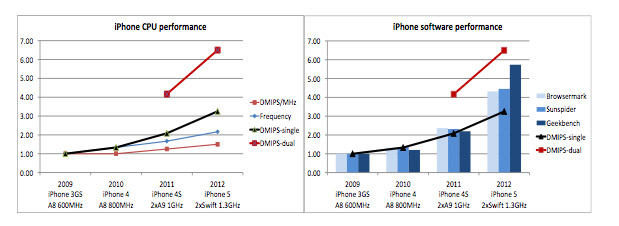



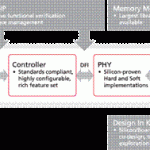
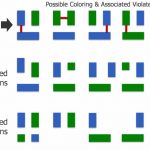
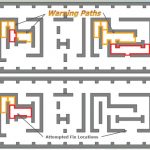
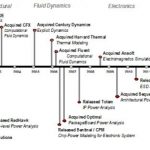
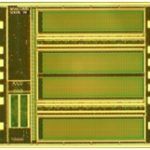
Rapidus, IBM, and the Billion-Dollar Silicon Sovereignty Bet